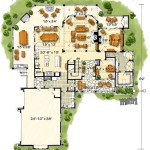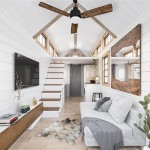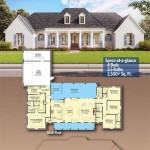Essential Aspects of Solar Envelope House Plans
Solar envelope house plans are designed to harness the power of the sun to create a comfortable, energy-efficient home. These plans take into account the sun's path and orientation to optimize natural lighting and heat gain, while minimizing heat loss. By following certain essential aspects, homeowners can reap the benefits of solar envelope design and reduce their energy consumption.
Passive Solar Design Principles
Passive solar design principles are the cornerstone of solar envelope house plans. These principles aim to minimize the need for active heating and cooling systems by using natural elements to regulate the indoor temperature. Some key passive solar design principles include:
- Orientation: The home is oriented to face south in the Northern Hemisphere (or north in the Southern Hemisphere) to maximize exposure to the sun.
- Glazing: Large windows and glass doors are placed on the south-facing side to allow sunlight to enter and warm the home.
- Thermal Mass: Materials with high thermal mass, such as concrete or brick, are used to store heat during the day and release it at night.
- Insulation: The home is well-insulated to prevent heat loss, especially on the north-facing side.
Building Envelope Design
The building envelope is the physical barrier between the interior and exterior of the home. In solar envelope house plans, the envelope is designed to optimize thermal performance:
- Roof: The roof should be angled to maximize sunlight exposure and minimize heat loss.
- Walls: The walls should be well-insulated and airtight to prevent heat loss and unwanted air infiltration.
- Windows and Doors: Windows and doors should be energy-efficient to reduce heat loss and gain.
Natural Ventilation and Daylight
Solar envelope house plans also emphasize natural ventilation and daylighting:
- Ventilation: The home is designed to allow for natural cross-ventilation, which helps to cool the home in the summer.
- Daylighting: Large windows and skylights are placed strategically to maximize natural light, reducing the need for artificial lighting.
Site Analysis and Landscaping
The site analysis and landscaping play a crucial role in solar envelope design:
- Shading: Trees and shrubs are planted around the home to provide shade in the summer and allow sunlight in the winter.
- Thermal Buffer: Plants and vegetation can be used to create a thermal buffer around the home, which helps to insulate it and reduce heat loss.
Building Materials and Systems
Sustainable and energy-efficient building materials are preferred in solar envelope house plans:
- Renewable Materials: Recycled and renewable materials, such as bamboo or straw bales, are often used.
- Energy-Efficient Systems: Solar panels, heat pumps, and geothermal heating and cooling systems can be incorporated to further reduce energy consumption.
Benefits of Solar Envelope House Plans
Solar envelope house plans offer numerous benefits, including:
- Reduced Energy Costs
- Improved Thermal Comfort
- Enhanced Natural Light
- Reduced Carbon Footprint
- Increased Property Value
By following the essential aspects of solar envelope house plans, homeowners can create a sustainable, energy-efficient, and comfortable home that takes advantage of natural resources.

A Modular Solar Envelope House Green Passive

Introduction To Enertia Homes

Passive Homes Sierra Sustainable Builders

Envelope House Asolidplan Archdaily

Passive Solar Design Eco Advisor

Interior View Of The Atrium Solarium In A Passive Solar Envelope House Design Home Residential Neighborhood Eco Earthship

Green Passive Solar House Plans 3

Your Home S Thermal Envelope Most Important Element For An Energy Efficient

Envelope House Asolidplan Archdaily

The Building Envelope Explained Pv Heating Cooling Plumbing








